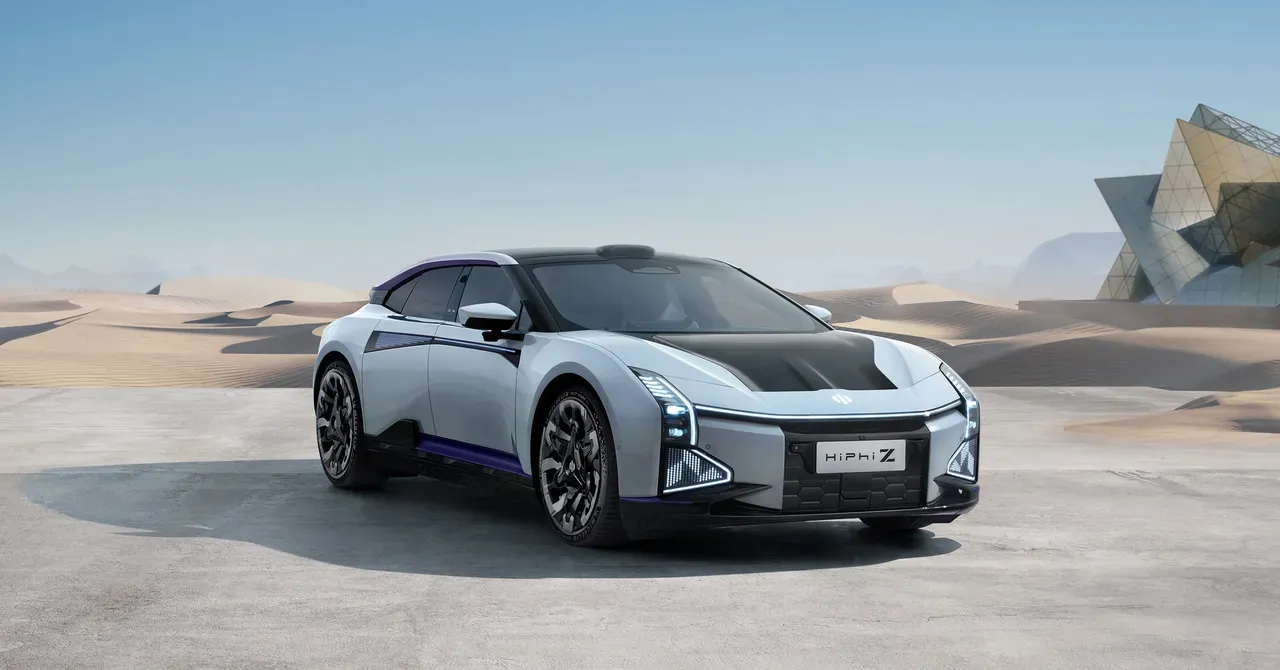“I Drive an EV Because I’m Poor”
At a charging station outside Guangzhou, driver Lu Yunfeng explains, “Petrol cars are too expensive—all we can afford is electric.” Nearby, Sun Jingguo adds that EVs also protect the environment, leaning on his Beijing U7 model.
In China, EV ownership is no longer elite—it’s everyday. Last year, nearly half of new cars sold were electric, a stark contrast to EV markets overseas.
From Bikes to Electric Beasts
China’s transformation began in the early 2000s when government planners aimed to shift from foreign-sourced petrol cars to electric vehicle leadership. Guangzhou’s noisy streets—now replete with quiet EVs—illustrate the shift. Michael Dunne, an auto analyst, says China is “10 years ahead and 10 times better” than any other nation.
Key players like BYD and XPeng have surged. BYD overtook Tesla as the world’s top EV seller; XPeng, though younger and still unprofitable, ranks among the global top 10.
A Master Plan Fueled by Subsidies
The catalyst: long-term economic planning and subsidies. In 2007, engineer Wan Gang, then Minister of Science, pivoted the Chinese car industry toward electrics. Though the idea appeared in the 2001 five-year plan, massive financial support only arrived in the 2010s. From 2009 to 2023, China invested an estimated $230 billion in EV development, spurring everything from battery manufacturing to charging networks.
Start-ups like CATL (battery supplier to Tesla and VW) and public charging infrastructure near every major city supported the boom. China now controls the EV battery supply chain, earning a reputation for “state capitalism”—a term critics say hints at unfair advantage.
Innovation Meets Consumer Demand
According to XPeng’s President Brian Gu, the government support is “consistent and fair,” fueling fierce competition. XPeng’s Guangzhou HQ feels more Silicon Valley than factory, with Millennials enjoying advanced features like self-driving, voice control, and entertainment systems—for about $20,000.
From public subsidies and free license plates to battery swap stations, China makes EV ownership cheap and convenient. Daisy in Shanghai even swaps her Nio battery in three minutes, faster than refueling petrol.
International Ripples and Security Concerns
Global governments have responded. The US, Canada, and EU have imposed tariffs on Chinese EVs, but the UK remains tariff-free—facilitating the arrival of models like XPeng’s G6 and BYD’s Dolphin Surf (from $26,100) in British markets.
Yet, concerns linger. Former MI6 head Sir Richard Dearlove warned Chinese EVs might act as “computers on wheels” controlled from Beijing. BYD’s Stella Li retorted that their data security exceeds competitors’.
Still, similar fears affected Huawei and TikTok, both facing Western bans over data privacy issues.
Transforming Transport and Climate Goals
China’s EV ascendancy offers a roadmap for global green policies. With many Western countries aiming to ban petrol car sales by 2030, China’s manufacturing and infrastructure capacity make it the leading partner to meet climate targets. Experts now ask: can Detroit, Nagoya, and Stuttgart catch up?
BBB Recap:
China’s EV dominance is no accident. It’s the result of a multi-decade, $230 billion-plus strategy combining policy, funding, manufacturing, and consumer incentives. Its model continues to define the future of global EV markets—raising both economic opportunity and geopolitical questions.



